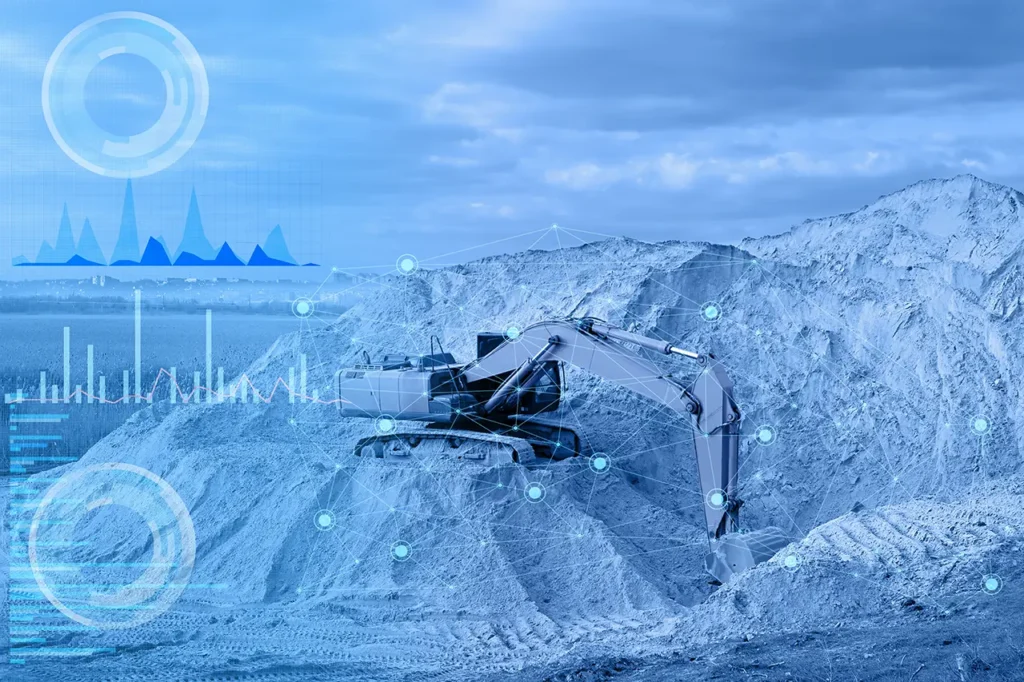As the global population continues to surge, cities are becoming increasingly dense, putting immense pressure on infrastructure, resources, and the environment. Traditional urbanization methods, focused solely on expansion and consumption, are no longer sustainable. In response to these challenges, the concept of “sustainable cities” has emerged as a model for fostering urban growth while minimizing environmental impact. One of the most promising tools in this effort is artificial intelligence (AI). By leveraging AI, cities can improve efficiency, reduce waste, and enhance the quality of life for their residents—all while promoting eco-friendly growth.
What Makes a City Sustainable?
A sustainable city is designed to minimize environmental degradation, reduce the consumption of resources, and offer a high quality of life for its residents. This involves optimizing transportation, energy use, waste management, and infrastructure. As cities grow, the demand for smart, data-driven solutions has become crucial. Here’s where AI steps in to play a transformative role.

How AI is Transforming Sustainable Urban Growth
- Smart Energy Management
Energy consumption in cities accounts for a significant portion of global greenhouse gas emissions. AI-powered systems can revolutionize how energy is distributed, stored, and consumed. For instance, AI can analyze real-time data from renewable energy sources like solar panels and wind turbines, optimizing energy grids for maximum efficiency. By predicting energy demand patterns, AI can also reduce energy waste, ensuring that power is used only when and where it’s needed.
One real-world application of this is smart grids, which use AI algorithms to manage electricity distribution. These grids help balance supply and demand, integrating renewable energy sources while minimizing blackouts and energy loss. Cities like Singapore and Copenhagen are already adopting AI-based energy management systems to reduce their carbon footprint.
- Efficient Transportation Systems
Urban transportation is a major contributor to pollution and traffic congestion, but AI is helping to transform this space as well. AI-powered solutions such as predictive traffic management, autonomous vehicles, and ride-sharing optimization can reduce emissions and ease congestion.
AI can predict traffic patterns, allowing city planners to optimize traffic signals and manage public transportation routes more efficiently. Autonomous electric vehicles (EVs) are also being integrated into urban mobility plans. These vehicles, guided by AI, reduce fuel consumption and emissions while offering a seamless, eco-friendly mode of transportation.
For example, Helsinki, Finland, has implemented AI-driven traffic management systems that not only reduce congestion but also improve air quality by limiting idle time and optimizing public transportation routes.
- AI for Sustainable Architecture and Construction
The construction industry is notorious for its environmental impact, contributing to deforestation, high energy use, and waste generation. AI can help cities design smarter, more energy-efficient buildings that adhere to sustainable practices.
AI-powered design tools can simulate different architectural models to identify energy-saving opportunities, optimize space utilization, and reduce construction waste. Additionally, smart building systems equipped with AI can monitor energy usage in real time, automatically adjusting lighting, heating, and cooling based on occupancy, time of day, or external temperature. This level of automation leads to significant reductions in energy consumption.
For example, smart buildings equipped with AI in Dubai use predictive algorithms to control everything from air conditioning to electricity usage, reducing operational costs and minimizing carbon emissions.
- Waste Management Optimization
AI-driven waste management systems are enabling cities to manage and recycle waste more effectively. These systems can sort waste automatically, identify recyclable materials, and optimize collection routes to reduce fuel consumption.
In places like Seoul, AI-based systems track waste disposal patterns, improving recycling rates and reducing landfill waste. These systems can also forecast waste generation trends, allowing cities to plan more sustainable waste management strategies.
- Improving Air Quality
Air pollution is one of the most significant challenges for growing cities. AI-based systems can monitor air quality in real time, identifying pollution hotspots and predicting future patterns. This data helps policymakers take targeted actions, such as regulating traffic flow, improving public transportation, or encouraging electric vehicle adoption in high-pollution zones.
In Beijing, AI-powered sensors monitor air quality around the clock, providing critical data that informs city planning and environmental regulations. With AI-driven insights, cities can take proactive steps to reduce air pollution and improve public health.
- Water Resource Management
Water scarcity and inefficient water use are growing concerns for many cities. AI can monitor and analyze water usage patterns, detecting leaks, optimizing irrigation systems, and predicting water demand to ensure more sustainable water resource management.
In Barcelona, AI technology is being used to optimize the city’s water supply by analyzing real-time data on water consumption and weather patterns. This approach not only reduces waste but also ensures that water resources are used efficiently, especially in areas prone to drought.
Challenges and Future Outlook
Despite the immense potential of AI in driving sustainable urban growth, there are challenges to be addressed. The implementation of AI technologies requires significant investments in infrastructure and data collection. Moreover, privacy concerns related to the collection and use of large amounts of data will need to be carefully managed.
However, as AI continues to evolve, its role in building sustainable cities will only grow. Cities that embrace AI-driven solutions are better positioned to adapt to the challenges of climate change, resource scarcity, and population growth, all while fostering eco-friendly urban growth.
Conclusion
The future of urbanization lies in sustainable cities, and AI is a key enabler in achieving this vision. From optimizing energy consumption to improving air quality and managing resources, AI has the potential to revolutionize how cities grow while minimizing their environmental impact. As cities around the world continue to adopt AI-powered solutions, the path to a greener, more sustainable future becomes clearer, ensuring that urban growth is not only possible but also environmentally responsible.
By leveraging AI, cities can balance development with sustainability, creating urban environments that are smarter, cleaner, and more livable for future generations.



